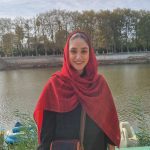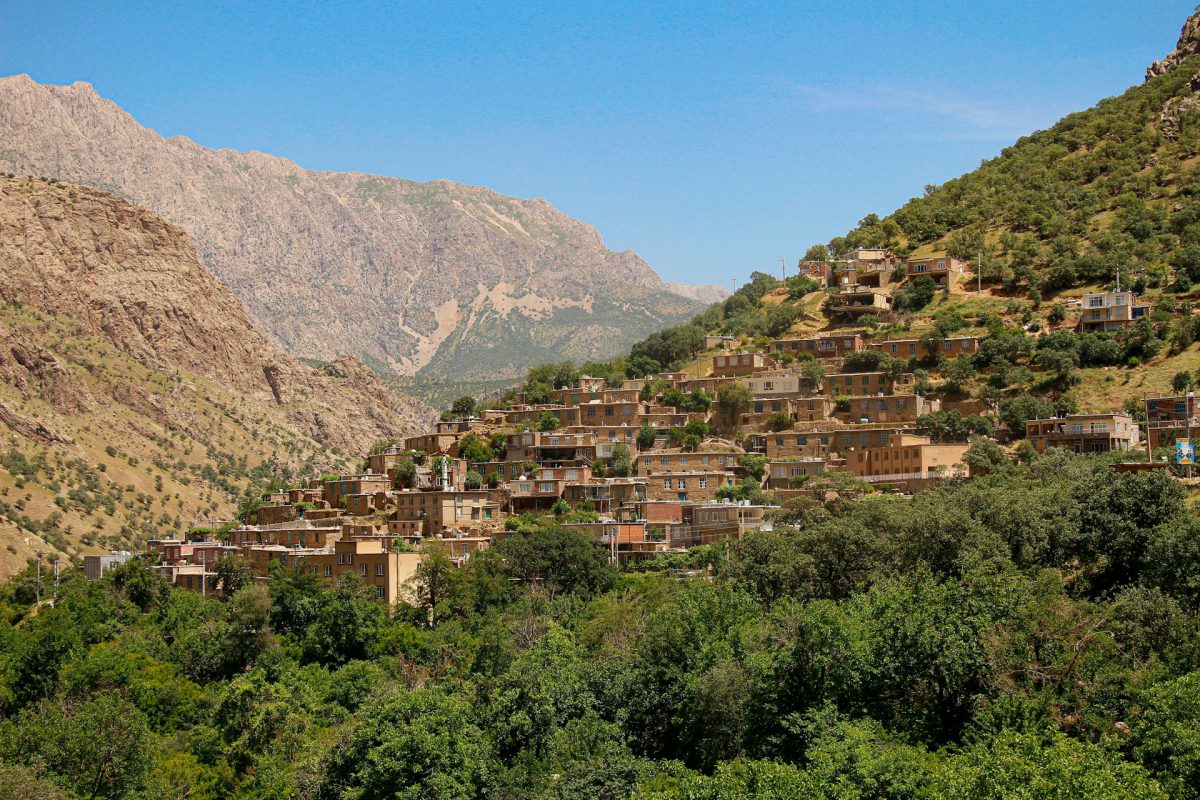Table of Contents
The Cultural Landscape of Hawraman/Uramanat made it onto UNESCO’s World Heritage List during the 44th meeting of the World Heritage Committee. This special place is in Iran, spread across Kermanshah and Kurdistan provinces. Hawraman stands out for its unique architecture and how it’s laid out. It covers parts of cities like Sarvabad, Sanandaj, and Kamyaran in Kurdistan, and Ravansar, Paveh, Javanroud, and Salas Babajani in Kermanshah.
There are also cool spots like Zhavehrud, Uraman Takht, and Lahun Valleys. The area is split into two parts: the Central-Eastern Valley in Kurdistan, which has Zhaverud and Takht, and the Western Valley in Kermanshah Province, which has Lahun.
Exploring here is like stepping back in time. You see amazing old buildings and clever designs that people made a long time ago. Walking through the area, you feel like you’re part of history. From the beautiful valleys to the peaceful villages, the place invites you to discover its rich past, where traditions and new ideas mix together.
Hawraman Location
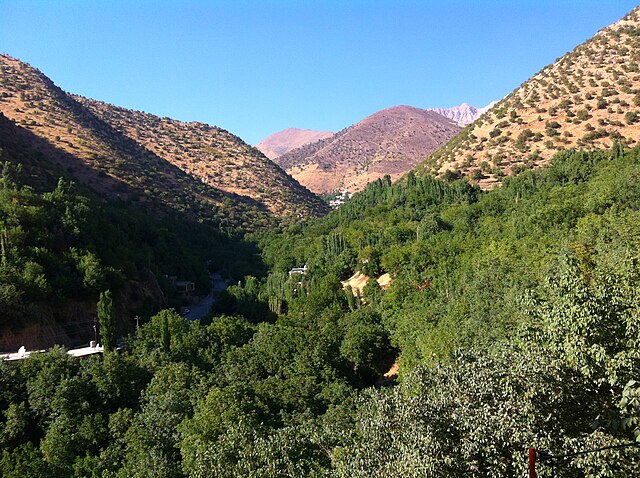
Located in the heart of Iran’s Zagros Mountains, lies the stunning region of Hawraman, also known as Uramanat. This area is filled with lots of springs and rivers that bring life to its rugged landscape. A river from the Sirvan River flows through the valley, creating a rich ecosystem. Surrounded by tall mountains and deep canyons, Hawraman is a sight to behold in Kurdistan. One of its highlights is the Bil Spring, also known as Kani Bil, which pumps out an impressive 3000-4000 liters of water per second, serving as a vital resource for the whole area.
The landscape’s beauty isn’t just in its landscapes but also in the natural wonders that fill its valleys and peaks. Every turn reveals a new marvel, showcasing the power and beauty of nature. As sunlight filters through the trees, casting a golden glow over the rugged land, visitors can’t help but feel amazed by this untouched wilderness. Stepping through the area, you’re invited to explore its rich culture and history, leaving a lasting impression on all who wander through its scenic trails.
Hawraman and UNESCO World Heritage Sites
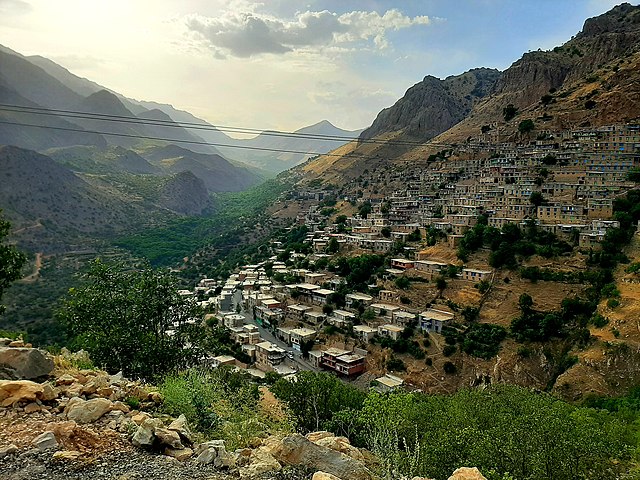
Covering an area of around 409 thousand hectares, with 106 thousand hectares at its core and 303 thousand hectares surrounding it, the Hawraman Cultural Landscape is a remarkable blend of history and nature. Recognized by UNESCO, this site holds immense value due to two main reasons. Firstly, it gives us a glimpse into ancient cultures that once thrived here but have since vanished. Secondly, it showcases how people have lived in harmony with the land for centuries, adapting to the environment around them.
Exploring the rugged terrain of the area reveals stories of the past etched into the very fabric of the landscape. From the unique architecture of its villages to the carefully tended fields, every part of this area tells a tale of human perseverance and creativity. As visitors wander through this cultural landscape, they’re not just observers but active participants in a journey through time. The UNESCO recognition not only honors its historical importance but also emphasizes the need to protect this heritage for future generations.
Hawraman in the Past
Long ago, Hawraman Kurdistan was a special spot for people to visit and pray. Its name, Uraman Takht, meant “the place of Ahuramazda” in Kurdish, showing its importance to the Zoroastrian religion. Some old temples in the area hinted at its past as a place for religious ceremonies.
Even as Islam became more common, the area stayed important for religion. In the old village mosque, there’s a really old Quran written on fancy leather in a special kind of writing. It shows how people have been worshipping here for ages.
The tomb of Pir Shalyiar, a special preacher, is another important place. People have big festivals twice a year to remember him. They sing, dance, and play music like the Daf, keeping alive the traditions of their ancestors in this place.
Hawraman Architecture
In the rocky mountains of Hawraman Iran, Kurds live in cool houses that show off their cleverness. These folks, who come from an old group called the Medians, know how to make the most of their tricky surroundings. They use wood and stones they find nearby to build their homes. But what’s really neat is how they build on steep slopes. Their houses look like steps going down the mountain, with each house’s roof being another house’s yard. It’s like a big puzzle, fitting everything together just right.
Some of these houses have been around for ages, standing tall for over nine hundred years! Even though they’re super old, they’re still strong. These houses aren’t just for sleeping—they’re also where Kurds keep their animals downstairs and hang out with their families upstairs. And because good farmland is hard to find, Kurds have come up with a smart way to grow their food on steep slopes. They plant wheat, lentils, and fruits like pomegranates, walnuts, and grapes, making the most of what they’ve got in this rugged land.
Hawraman and Kurdish Cultural Heritages
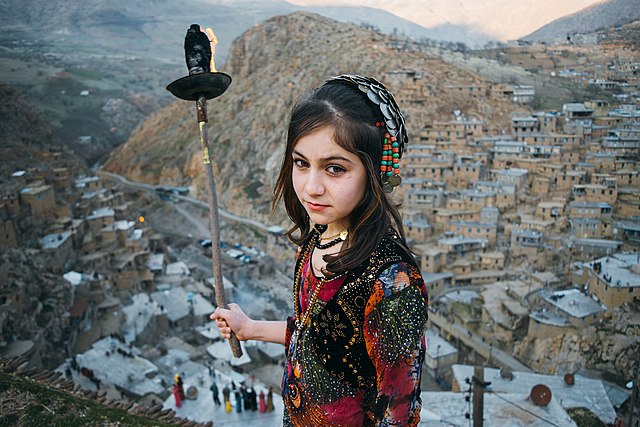
Set amidst the lush valleys of the Zagros Mountains sits the charming village of Hawraman, a true treasure for nature lovers and culture enthusiasts alike. Perched gracefully on steep slopes and surrounded by dense oak and walnut forests, Uramanat holds the prestigious title of a UNESCO World Heritage Site. This historic village sprawls across the rugged terrain that straddles the border between Iran and Iraq, deeply rooted in the Kurdish heritage that spans centuries.
Evidence of ancient civilizations dots the landscape, showcasing the enduring presence of Kurdish communities throughout history. Discoveries like those found in Darai Rockshelter and Quri Qaleh shed light on the rich history of the Kurdish people in this region. From the impressive Inscription of the Assyrian King Sargon II near Tang-i Var Village to ancient documents dating back to the Parthian and Seleucid eras, Hawraman’s significance goes beyond its geographical location, embodying a cultural legacy steeped in resilience and tradition.
Against this breathtaking backdrop, the spirit of Kurdish identity thrives, evident in every aspect of life in Uramanat. From the lively demeanor of its residents to the unique Gorani dialect spoken with pride, the essence of Kurdish heritage resonates throughout the village.
Traditional attire, known as “Cili Kurdi,” adorns both men and women, showcasing vibrant colors and patterns that reflect the enduring spirit of the Kurdish people. Men wear collarless coats, baggy trousers, and distinctive Klash shoes, while women exude elegance in embroidered gowns and ornate Kurdish hats or scarves, each garment a testament to the rich cultural heritage.
Hawraman Natural Attractions
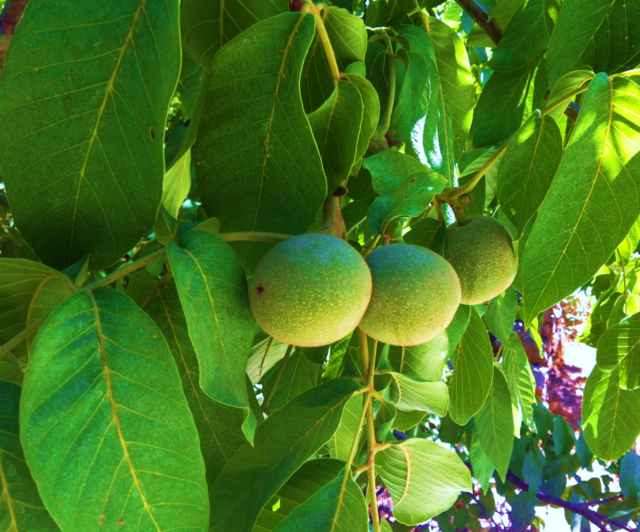
Amidst its cultural wonders, Hawraman Iran reveals its natural beauty, drawing visitors with its many springs and rivers. Bil Spring and the Sirwan River, a part of the Tigris system, paint a lush green picture of the land. The place is also home to a variety of local animals like brown bears, Persian leopards, wild goats, and wolves, especially in protected areas like Buzin and Markhil to the southwest of the area.
In Uramanat, nature shows off its splendor, creating a haven where wildlife thrives in green landscapes and flowing rivers. As visitors explore this beautiful place, they hear the rustle of leaves and the gentle rush of water. Sometimes, they might even spot animals like brown bears or Persian leopards roaming freely. Every moment in Uramanat is an opportunity to connect with the beauty of the natural world. With its abundant springs, winding rivers, and diverse wildlife, the area is a reminder of the special bond between people and nature.
FAQs about Uramanat
Q1: Where is Hawraman located?
A1: The Cultural Landscape of Hawraman/Uramanat is found in the middle of the Zagros Mountains in Kurdistan and Kermanshah provinces, near Iran’s western border.
Q2: What is Hawraman/Uramanat?
A2: Hawraman/Uramanat is a special place in Iran that got a big award from UNESCO. It’s famous for its old buildings and pretty valleys.
Q3: What are some cool places in Hawraman?
A3: Some cool places in Hawraman are Zhavehrud, Uraman Takht, and Lahun Valleys, plus some villages like Sarvabad and Sanandaj.
Q4: Why did UNESCO give Hawraman an award?
A4: UNESCO gave Hawraman an award because it’s really old and shows how people have lived there for a long time, getting along with nature.
Q5: What’s special about the houses in Hawraman?
A5: The houses are built on steep hills using rocks and wood from nearby. They look like steps on a mountain, showing how clever the people are in using what’s around them.
Q6: What’s interesting about the culture in Hawraman?
A6: In Hawraman, people follow old traditions, wear special clothes, and speak a unique language. The village has a long history, and you can see it in everything there.
Last Words: Explore the Best of Hawraman with a Customized Tour
Hawraman, a special place in Iran, is now a UNESCO World Heritage Site. It’s known for its unique buildings and layout. Spread across Kermanshah and Kurdistan provinces, it has cool spots like Zhavehrud, Uraman Takht, and Lahun Valleys. Exploring this area feels like stepping into the past with old buildings and smart designs. It’s a mix of tradition and new ideas, inviting visitors to enjoy its rich history and peaceful villages.
Exploring this stunning region in Iran is an amazing experience. Customized tours are great because they’re made just for you. Instead of following a fixed plan, you can go at your own pace and do what you like. This is where To Iran Tour comes in. They specialize in creating personalized trips to Iran, including Uramanat.
With To Iran Tour, you’ll get to experience the best of this unforgettable place in a way that suits you.
